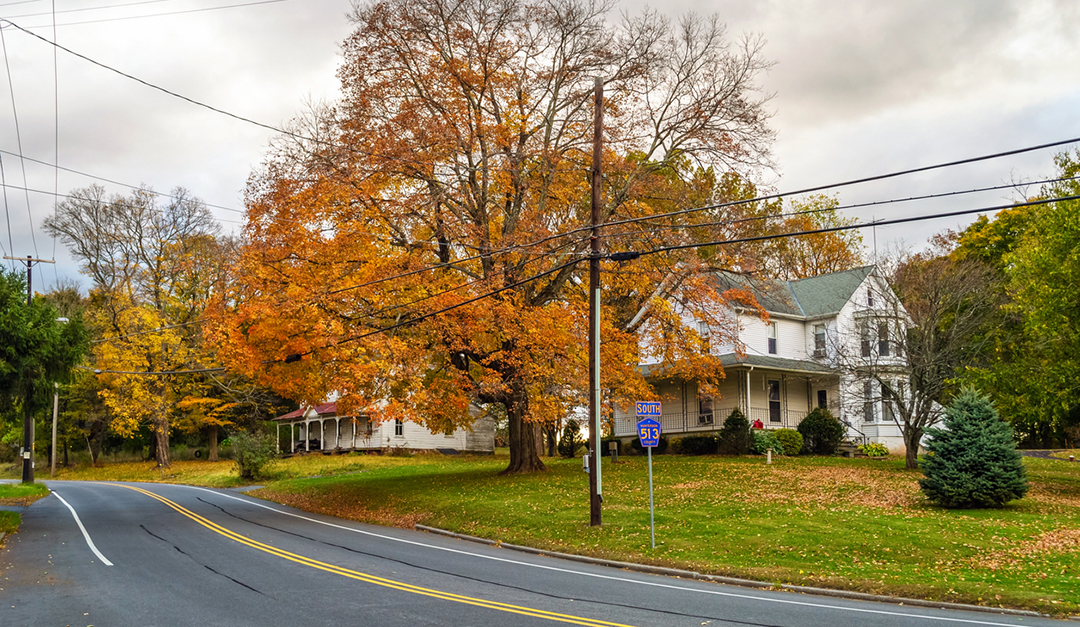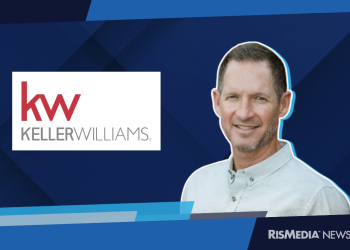Weichert reports rise in urban residents moving to the suburbs in farther away areas
Changes in the way people work, and safety and health concerns related to the COVID-19 outbreak, are driving many city dwellers into the suburbs for privacy, outdoor features and a better quality of life, reports Weichert, Realtors®. The real estate services company has seen a spike in city residents moving to formally out-of-reach locations like far west New Jersey or eastern Pennsylvania.
Growing worry over the lack of green space, the long self-quarantine and crowded public facilities in New York City are driving the push to relocate to suburban or even rural areas. Places like Hunterdon and Morris counties in New Jersey and Northampton County in Pennsylvania are seeing an influx of long-time city residents making the move and buying homes.
Most of the new wave of urban migrants cite “more space” as the single biggest reason for moving, with outdoor living and quality of life also frequently mentioned. But not every buyer wants the same thing; some want wide open spaces, while others prefer a mix of urban and suburban lifestyles.
City Life Has Lost Its Appeal for Some
For some city dwellers, the move further West has been enabled by both the ability to work from home and corporate COVID-19 restrictions that will have many workers not returning to an office until next year. This, combined with the prevalence of online shopping, education, entertainment and socializing, is causing many New Yorkers to rethink life in the Big Apple.
“They no longer need the support of the city,” says Cindy Czaskos, a Weichert sales associate in Clinton, N.J. “All of the things that made living in New York worth it are now available online, and with the virus still impacting life in the city, the sacrifices to live there may not be worth it now.”
The type of people making the move out West are older millennials and Gen Xers—dual-career households with children who are looking for space and safety. Weichert Sales Associate Bob Beatty, who also covers the Clinton area, reports lots of interest from nervous city buyers that meet the profile.
“Every week, we see more people reaching out who live in the city and want to move out. It’s been good for business,” says Beatty. “These are bankers, local celebrities, professional types who are nervous about COVID and now realize they don’t have to be so close to the city for work.”
Jill Southren, a Weichert sales associate in Morristown, N.J., is also seeing a migration of people to Morris County who no longer need to be as close to the city. Her buyers are former apartment renters who have typically chosen more urban areas close to downtown and commuter rail lines. Now buyers are wanting space and privacy.
“It’s been a steady stream of new business, with lots of people coming from Hoboken, Jersey City, Secaucus,” says Southren. “Around Randolph and west of Morristown—these areas are seeing people come in who may no longer need to commute every day, who are dual-income families whose housekeeper won’t come to the Hoboken apartment anymore because of the virus and who are looking for a single-family house. More importantly, they are saying they don’t think their towns are recovering anytime soon, which helped make the decision to move further away from New York.”
Outdoor Living Is Paramount
The outdoor element is key for many urban buyers. From pools to fire pits, outdoor features are extremely popular as the home becomes a focal point of work and entertainment.
“Buyers coming from the city want acreage, privacy and outdoor living. Last year, pools were devalued, now everyone wants a pool or wants space to put in a pool, especially if they have kids. So you’re seeing people pick houses with large yards and many outdoor features, like a compound where they can live, work and be entertained all in one place,” says Czaskos.
Like in Hunterdon, the urge to build a compound-type environment where a family can live, work, learn and entertain together is popping up in north-central New Jersey, making outdoor space and amenities key selling points. Southren says she is routinely seeing properties with pools selling for 40 to 60 percent over list.
“With camps being canceled, if you can get a house with a pool, it’s like camp with kids coming from around the neighborhood and doing swim classes, arts and crafts and hiring counselors to come to the house,” explains Southren.
Czaskos tells how one family from Manhattan felt the need to leave the city due to the virus. “Before the COVID outbreak, they weren’t looking to move. But after several months inside their apartment in Queens, they were ready to leave, and they wanted a pool and outdoor play space. Now they are in the process of closing on a Frank Lloyd Wright-style home with a pool, a waterfall and plenty of land in the Clinton area.”
Suburban Safety Meets City Lifestyle
It’s not just western New Jersey that is seeing an influx of city residents. Easton, a city of 26,000 residents in eastern Lehigh Valley roughly equidistant to New York and Philadelphia, is seeing its share of city dwellers moving into the area. In a normalized market in the Lehigh Valley, about 5 – 10 percent of Weichert buyers come from metro markets (New York City, Long Island, Hudson County, etc.). In June, it was 38 percent from metro areas.
Unlike the urban migrants moving to Hunterdon County, those heading into the Lehigh Valley are not as compound-focused, instead preferring to live closer to a city center. Instead of homes with sizable acreage, these urban migrants want the value, increased space and different-paced lifestyle while maintaining a semblance of the urban life they left in New York.
Dorshon “Shona” Joyner, a Weichert sales associate based in Easton, Pa., is also seeing an increase in business from the urban migration, with townhomes the top choice for her city buyers.
“The buyers I’m working with are in their 30s with good jobs who want to keep elements of the city lifestyle while enjoying the space and value of a smaller community outside the city. They want to still be close to the things that you get in a city—restaurants, entertainment, shopping—but enjoy the added space and privacy that a smaller suburban city allows.”
It Comes Down to Space and Value
One thing holds true for all of these destinations: Most city dwellers are unaware and amazed at the amount of real estate they can own for less than they were spending in the city on rent. According to Southren, one couple was stunned to be looking at a house for $799,000 in Randolph when they were paying a million for a studio apartment in Manhattan.
“In addition to the extra space and added privacy, a bonus benefit of buying a house outside the city is the bang for the buck. Most people don’t appreciate just how much more home you can get,” says Czaskos. “A family of four can go from being crammed into an 800-square-foot apartment in Brooklyn to a three-acre, 3,200-square-foot house with a hot tub for less than they would pay in rent.”
For some long-time New Yorkers, the decision to leave pre-dates COVID-19. Adam LaMarca left New York after renting for many years. He explains that he and his wife had already made the decision to leave the city in search of more space. The virus simply added more reasons to migrate West.
“We started looking in February and wanted a house in the suburbs,” says LaMarca. “We wanted a yard plus more interior space, including extra rooms for a home office as I can work remotely, and a finished basement. The new home had everything we wanted plus a few things we didn’t even know we wanted until we saw them, like a mud room. The house felt like a home to us.”
Whether it’s for more space or privacy, the trend of city dwellers heading to the suburbs is likely to continue as COVID-19 changes the way we live and work.
For more information, please visit www.weichert.com.











